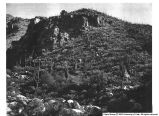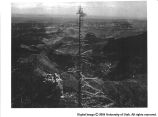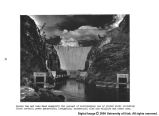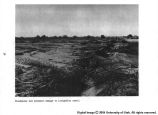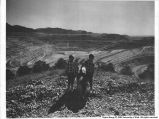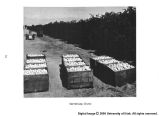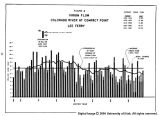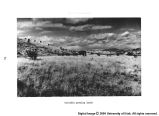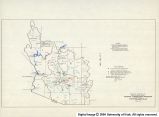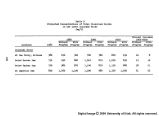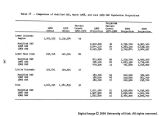| OCR Text |
Show LOWER COLORADO REGION COMPREHENSIVE FRAMEWORK STUDIES SUMMARY OF FINDINGS This report presents the results of comprehensive investigations of water and related land resources of the Lower Colorado Region. It pro- vides appraisals of natural resources and their geographic distribution, projections of future requirements, associated problems and needs, and presents a framework program for the development and management of the water and related land resources of the Region to the year 2020, with intermediate objectives to the years 1980 and 2000. A schedule of implementation is presented, together with a general estimate of costs, for the program. The Lower Colorado Region, 1^1,137 square miles in extent, includes most of Arizona, and parts of Nevada, New Mexico, and Utah, and comprises nearly 5 percent of the contiguous United States. The population is con- centrated principally in south central Arizona and southern Nevada. The remainder of the Region's population is located in small, widely scat- tered communities. Much of the area is uninhabited. Except for the availability of water supply, the Region is bounti- fully provided with resources, space, and general environment which will support future growth. Probably the most stimulating single factor on the growth of the Region is the climate which permits activities such as irrigated agriculture, construction, entertainment, tourism, and outdoor recreation during the entire year. Economic Projections and Activities Inventories and appraisals of resources and development of the Lower Colorado Region were prepared for a base year, 1965> an<i 0. 55-year projection time frame with three target years, 19$0, 2000, and 2020. National interregional projections, which equated national demand and supply together with consistent regional projections based upon histor- ical trends in interregional production relationships, were developed by the Office of Business Economics, U.S. Department of Commerce, and the Economic Research Service, U.S. Department of Agriculture. These pro- jections, referred to as OBE-ERS projections in this study, were based upon specific assumptions. A primary assumption was that the population of the United States will grow at the U.S. Census Series C rate which is substantially below the 1962*65 rate, but above more recent rates. Other basic assumptions are included in this and the other functional appendixes relative to the particular resource aspect being considered. vii |


























